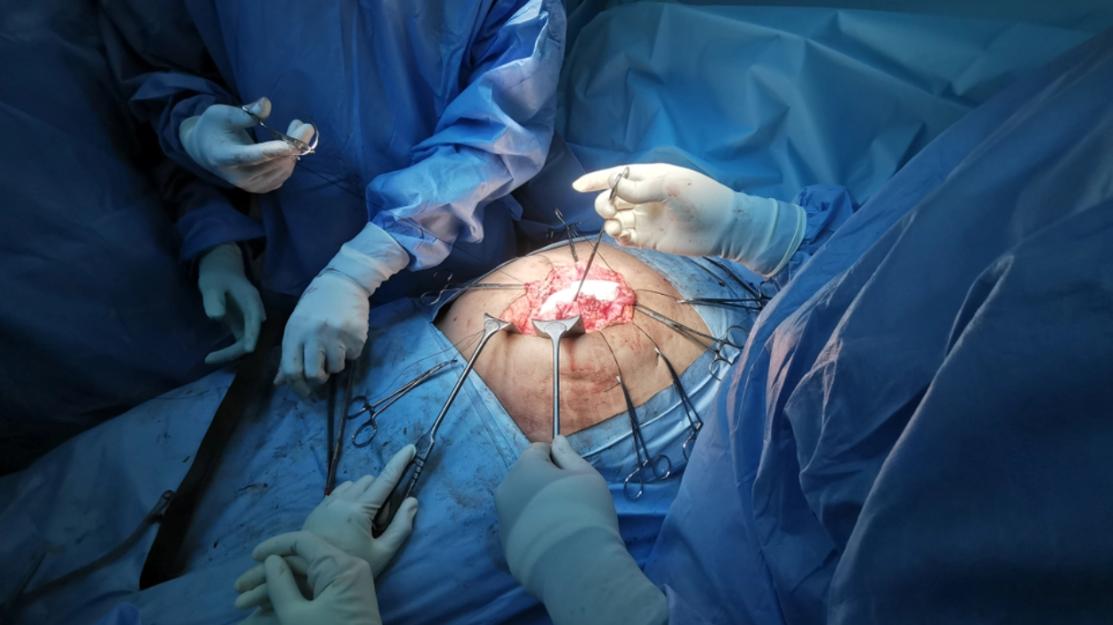18 Feb, 2025 | Stephen Andersen | No Comments
Surgical and Non-Surgical Options for Incisional Hernia Treatment

An incisional hernia treatment plan can vary depending on the severity of the condition and the patient’s overall health. An incisional hernia occurs when tissue pushes through a weakened area of the abdominal wall following surgery, typically where an incision was made. This condition can lead to discomfort and complications if left untreated. Fortunately, there are both surgical and non-surgical options to manage this condition effectively.
Non-Surgical Treatment Options
While surgery is often the primary solution for an incisional hernia, non-surgical options may be considered in certain cases. For individuals who are not suitable candidates for surgery due to other health concerns, lifestyle changes can help manage symptoms. Wearing a support garment or hernia belt may provide relief by reducing pressure on the hernia, especially during physical activities. However, these options only offer temporary relief and do not address the root cause of the hernia.
In some cases, a belly button hernia treatment approach may also be helpful, as the management strategies for different types of hernias overlap. Avoiding heavy lifting and strenuous activities can help prevent the hernia from worsening, and maintaining a healthy weight reduces the strain on the abdominal muscles. However, without surgical intervention, the hernia may continue to grow or cause further complications.
Surgical Treatment for Incisional Hernia
Surgery remains the most effective treatment for incisional hernias. The two most common surgical options are open surgery and laparoscopic (keyhole) surgery. During open surgery, the surgeon makes an incision near the hernia, pushes the bulging tissue back into place, and reinforces the weakened area with stitches or mesh. This method is effective for larger or more complex hernias.
Laparoscopic surgery, on the other hand, involves smaller incisions and the use of a camera to guide the surgeon. This technique offers quicker recovery times and minimal scarring, making it an appealing option for patients with smaller hernias. Both types of surgery aim to strengthen the abdominal wall and prevent the hernia from recurring.
When considering incisional hernia treatment, it’s important to evaluate both surgical and non-surgical options. While non-surgical methods can provide temporary relief, surgery is often the best solution for long-term recovery. By consulting with a healthcare provider, individuals can determine the most appropriate course of action based on their specific needs and health condition. With the right treatment plan, patients can regain a pain-free lifestyle and minimise the risk of complications in the future.
